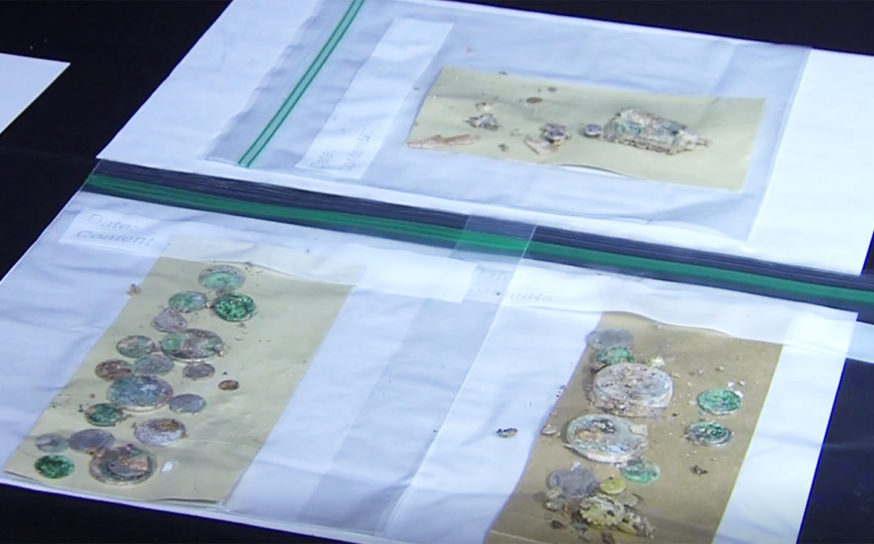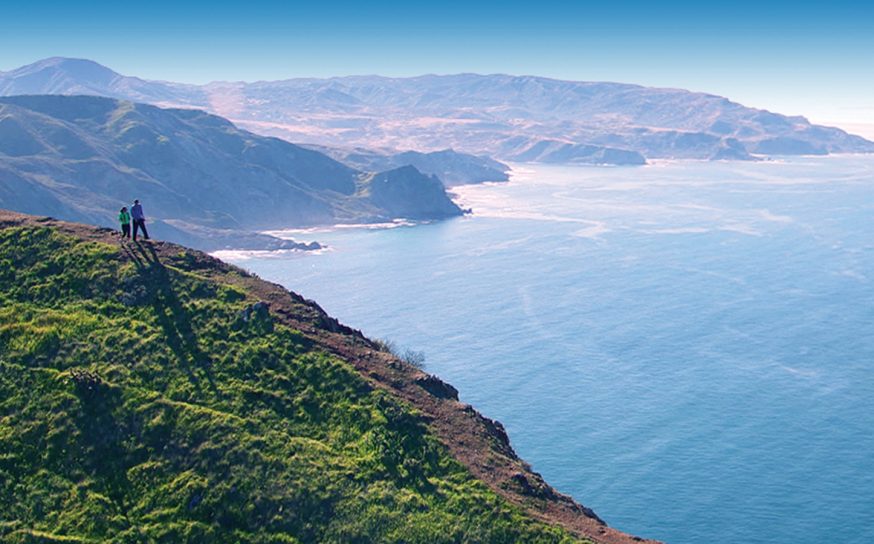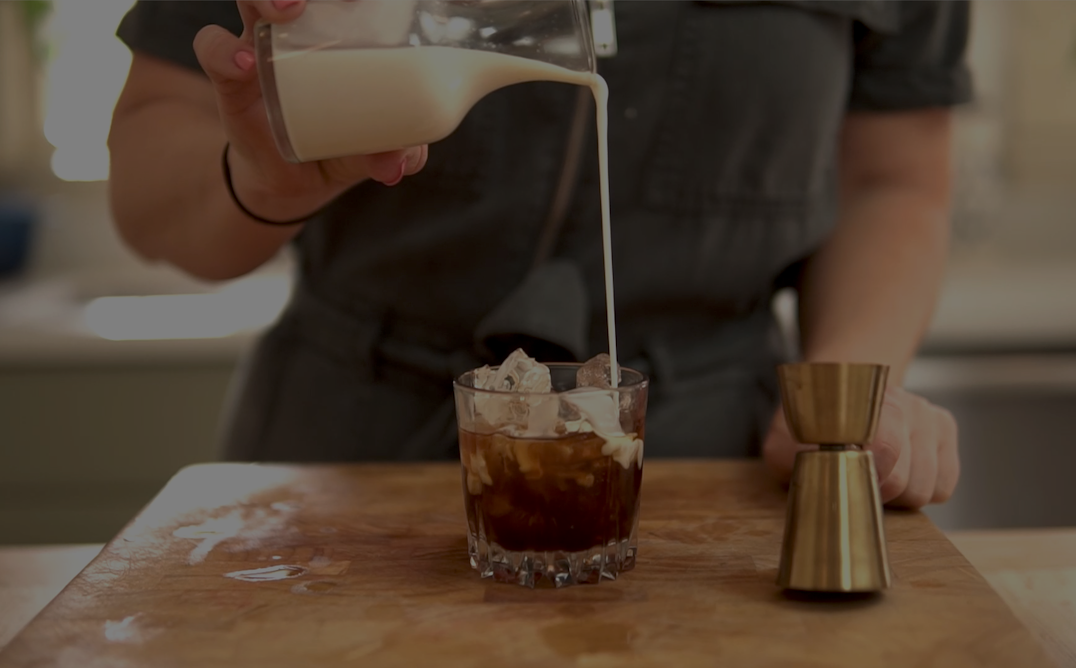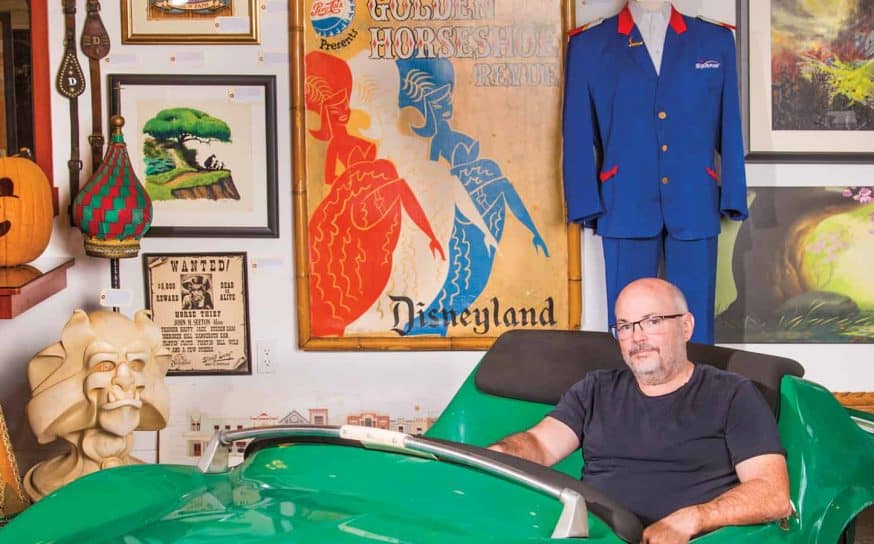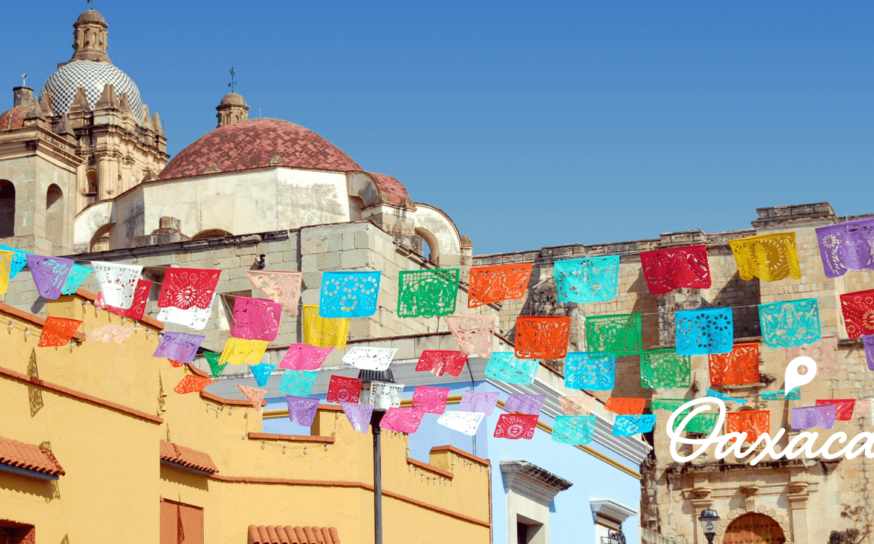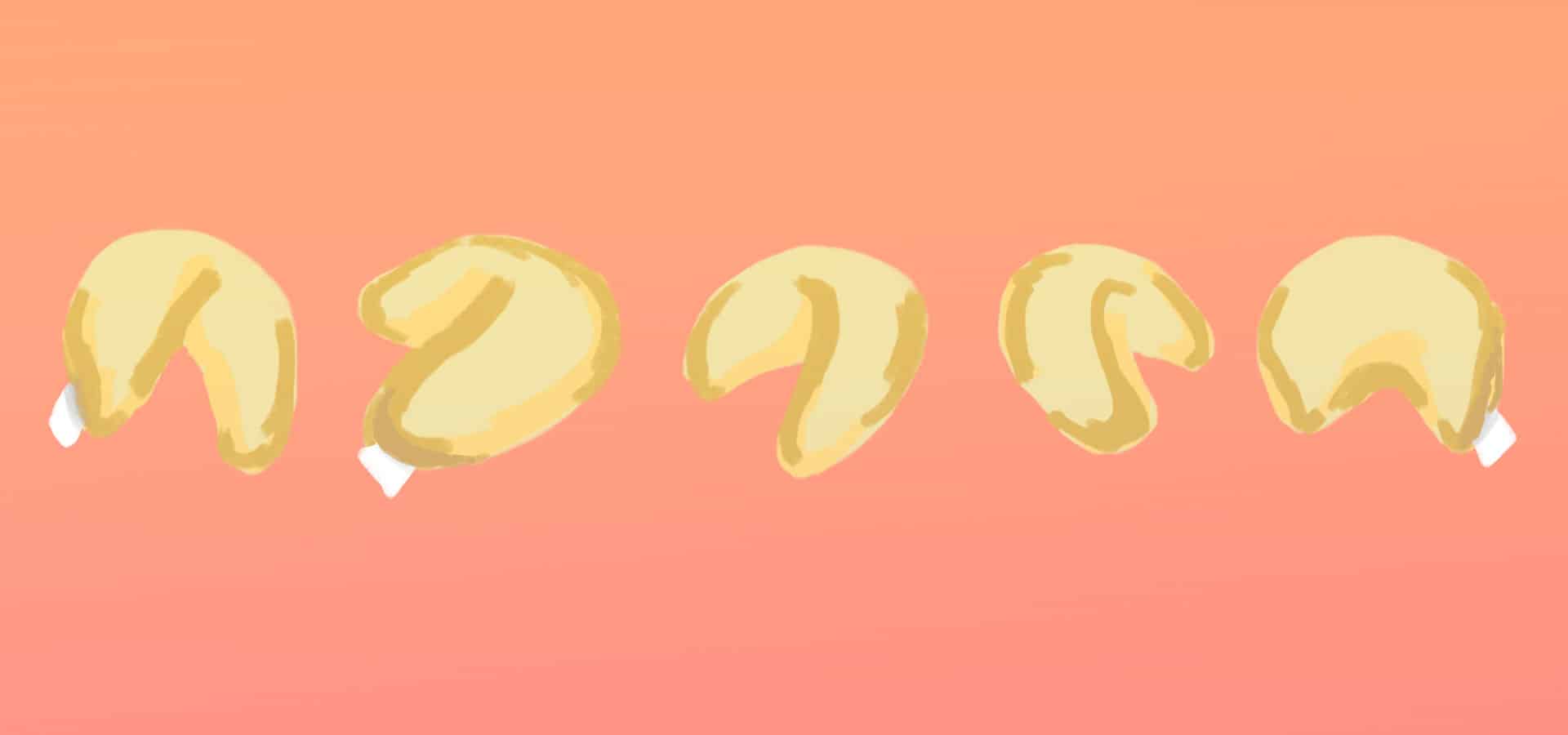
Higher Rent Threatens San Francisco’s Only Fortune Cookie Factory
The family-owned business faces an uncertain future.
-
CategoryFarm + Table, Makers + Entrepreneurs, Small Businesses
For nearly six decades, the Golden Gate Fortune Cookie Factory has welcomed guests to its old-fashioned cooking-making factory. Unlike mass-produced treats, each cookie is fashioned by hand and visitors are encouraged to take a sample to taste the difference.
But the family-run operation faces financial peril after a sudden rent increase, not unusual in the pricey Bay Area commercial market. This new reality, plus rising ingredient costs, low attendance and an increased minimum wage, could mean the end of this local tradition. And while co-owner Kevin Chen tells SF Gate he can cover the rent for now, there’s no telling what the next few years could bring.
“The factory—open seven days a week—produces up to 15,000 cookie products a day, all of which are made by hand by two to three part-time employees. Some nights, Chan and his mother work until 2 a.m. just to finish orders.
There’s also the issue of factory-made cookies, which just don’t taste the same.
“They’ve devalued the quality of the fortune cookie,” Chan explained. Golden Gate’s cookies are made from a secret recipe know only by Chan’s mother. They’re folded and baked on machinery dating back to 1952.”
You can read more about this endangered California business here.
Watch California Come Back to Life Post Drought
It may feel hotter than Hades out there, but this under-two-minute video shows just how far we’ve come over the last couple years.
An 1872 Reno Time Capsule Reveals Several California-Centric Artifacts
The contents highlight a region enjoying the boom of the Gold Rush.
There’s 27 More Miles of Catalina Island to Explore
Thanks to the addition of new hiking trials, there’s greater territory to explore.




